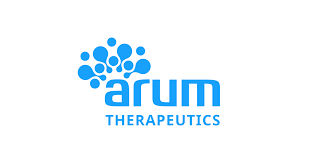Triple-negative breast cancer (TNBC) is an aggressive cancer subtype lacking targeted therapies and is characterized by high recurrence rates and poor prognosis. Recent advances in targeting DNA damage response (DDR) pathways using poly (ADP‒ribose) polymerase (PARP) inhibitors offer promising therapeutic strategies, especially for TNBC patients with BRCA1/2 mutations. This study reports the development and characterization of ART-446, a novel and selective CHK2 inhibitor. ART-446 showed potent activity against TNBC, regardless of BRCA deficiency, and it also reversed PARP inhibitor resistance. ART-446 potently inhibited CHK2 (IC50: 9.06 nM) with high selectivity over other kinases; it synergized with the PARP inhibitor olaparib, enhancing DNA damage, inducing G2/M cell cycle arrest, and promoting apoptosis in both BRCA-mutant and wild-type TNBC cells. Mechanistic analyses revealed that ART-446 sensitized BRCA mutant and WT cells to PARP inhibitors by impairing DNA repair and increasing the accumulation of DNA damage. Importantly, ART-446 disrupted both homologous recombination and nonhomologous end-joining repair pathways, addressing a key limitation of PARP inhibitor monotherapy-resistance in BRCA-proficient cancers. In vivo, the combination of ART-446 and olaparib significantly reduced tumor growth in TNBC xenograft models without noticeable toxicity. The combined treatment increased DNA damage signaling, as evidenced by elevated γH2AX levels, and enhanced the sensitivity of BRCA2-deficient cells to ART-446. These findings underscore the potential of ART-446 to exploit DNA repair deficiencies and overcome resistance mechanisms associated with PARP inhibitors. By addressing the limitations of current treatments and expanding the utility of PARP inhibitors, ART-446 represents a promising candidate for DDR-targeted therapies, offering a novel approach to improve the outcomes of patients with TNBC.






